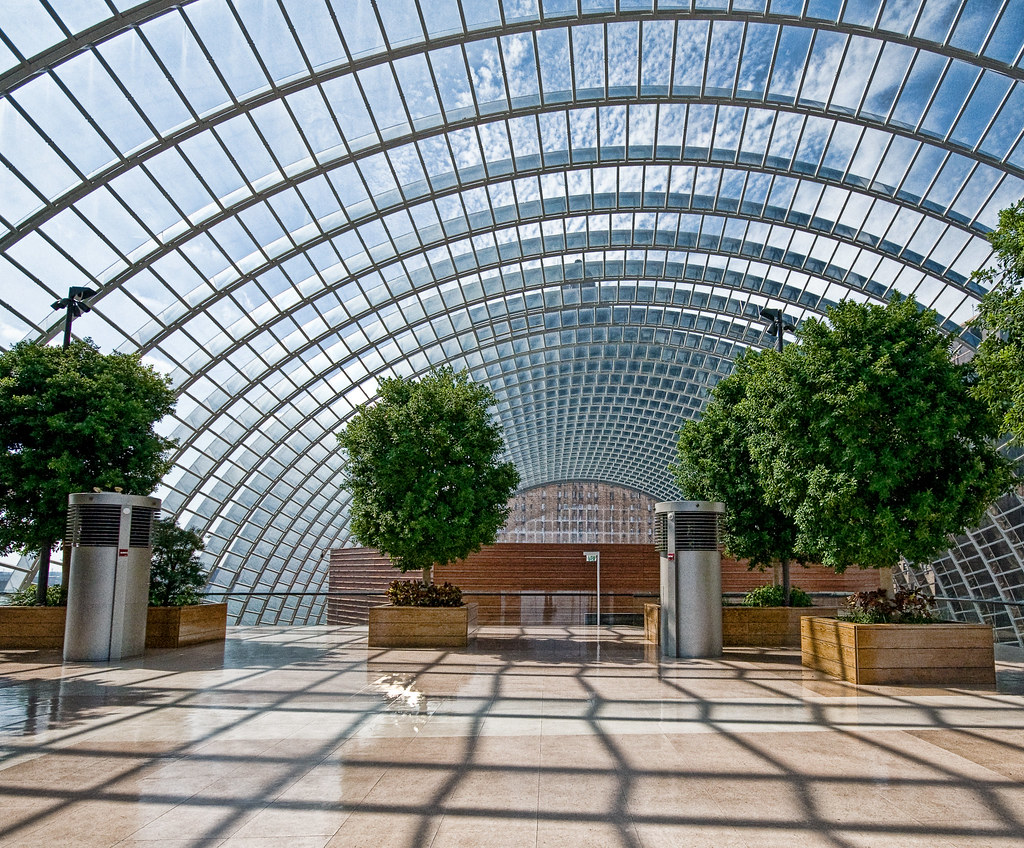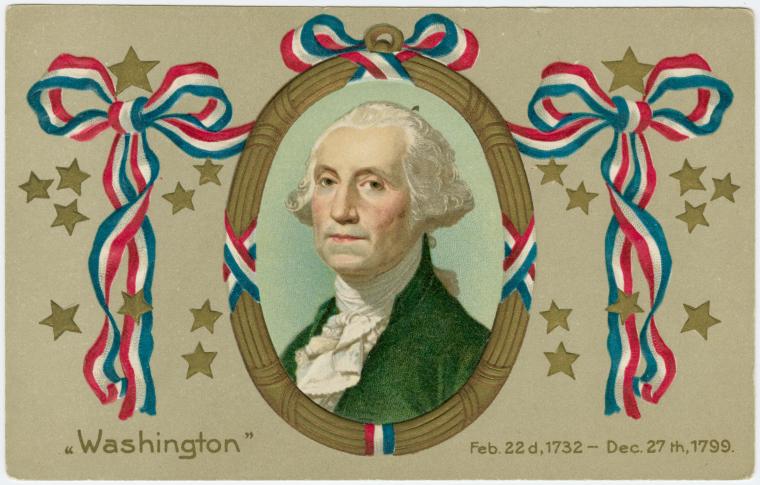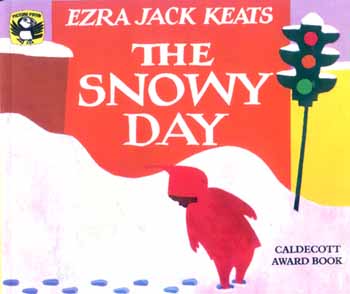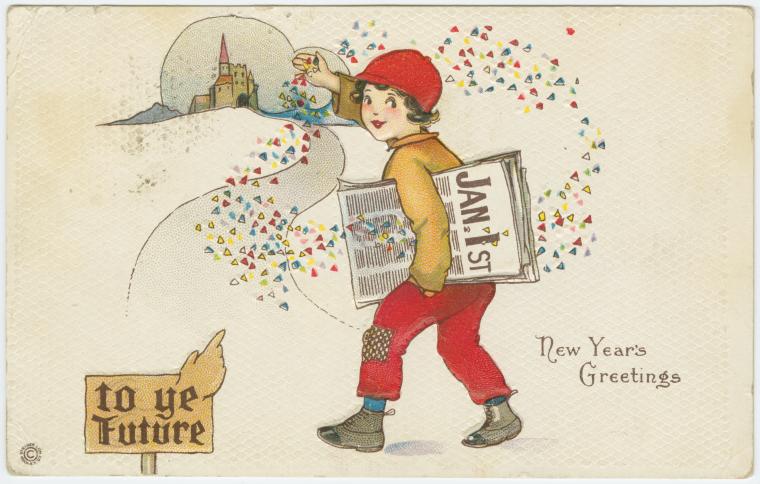Okay, well, maybe it's not a Snow Day for us in New York City today. The Preservator didn't grow up in snowy climes so snow is not a hassle, it's magical. As a kid, these feelings of snow's fantastical wonder were fostered by favorite books like "Katy and the Big Snow," by Virgina Lee Burton and especially, "The Snowy Day" by Ezra Jack Keats.
"The Snowy Day" finds a little boy named Peter waking up to winter's first snowfall and he sets out to explore his urban neighborhood. He has adventures listening to the crunch of snow underfoot, making snow angels, looking at the snowball fight the big kids are having.
Ezra Jack Keats was the son of Polish immigrants who grew up in East New York, Brooklyn. He was an artist and illustrator who began creating his own picture books in 1960. Just like the Brooklyn neighborhoods where his books are set, Keats' books are full of Hispanic, Asian, African American and Anglo faces. In "The Snowy Day" you can see Brooklyn everywhere; its streetscapes, the rowhouses, shops, and oh the ironwork! I still love the strong lines, bold colors, and texture of the illustrations, created using paint, gouache, collages of paper and fabric.
If you are out and about today, at the library or bookstore, thumb through "The Snowy Day". Remember what it's like to find wonder in your neighborhood transformed under a blanket of snow. Engage your senses. Be an urban arctic explorer.






















